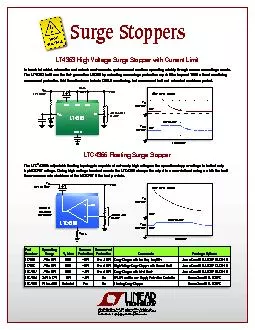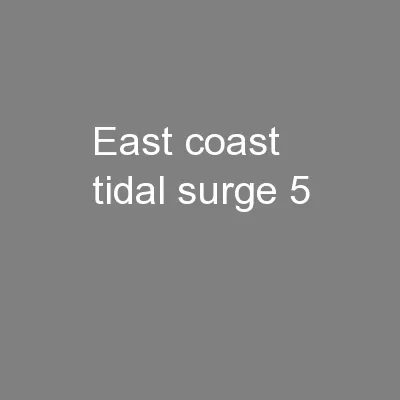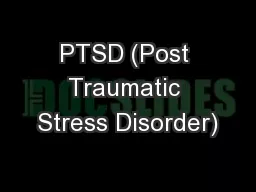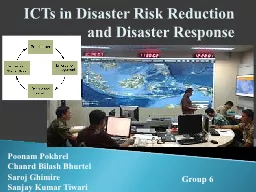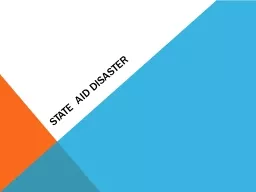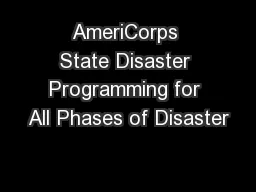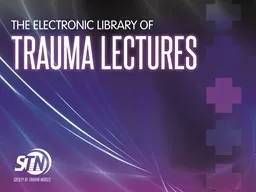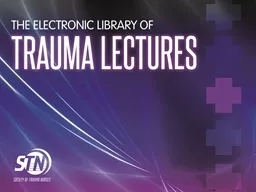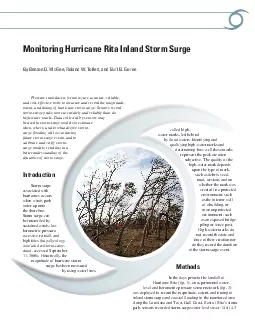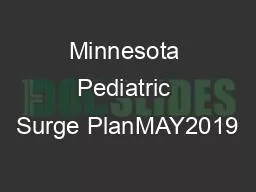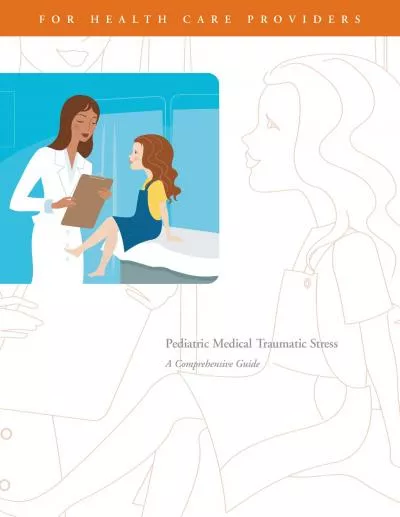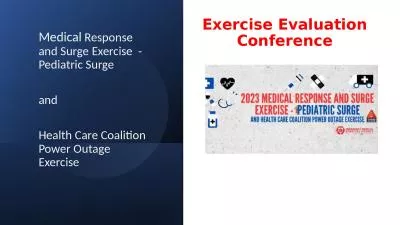PPT-Pediatric Surge Non-Traumatic Disaster
Author : pagi | Published Date : 2022-05-18
Dr Paula Fink Kocken Childrens Minnesota Dr Ashley Strobel Hennepin County Medical Center 2018 Objectives After viewing this module the participant should be
Presentation Embed Code
Download Presentation
Download Presentation The PPT/PDF document "Pediatric Surge Non-Traumatic Disaster" is the property of its rightful owner. Permission is granted to download and print the materials on this website for personal, non-commercial use only, and to display it on your personal computer provided you do not modify the materials and that you retain all copyright notices contained in the materials. By downloading content from our website, you accept the terms of this agreement.
Pediatric Surge Non-Traumatic Disaster: Transcript
Download Rules Of Document
"Pediatric Surge Non-Traumatic Disaster"The content belongs to its owner. You may download and print it for personal use, without modification, and keep all copyright notices. By downloading, you agree to these terms.
Related Documents


